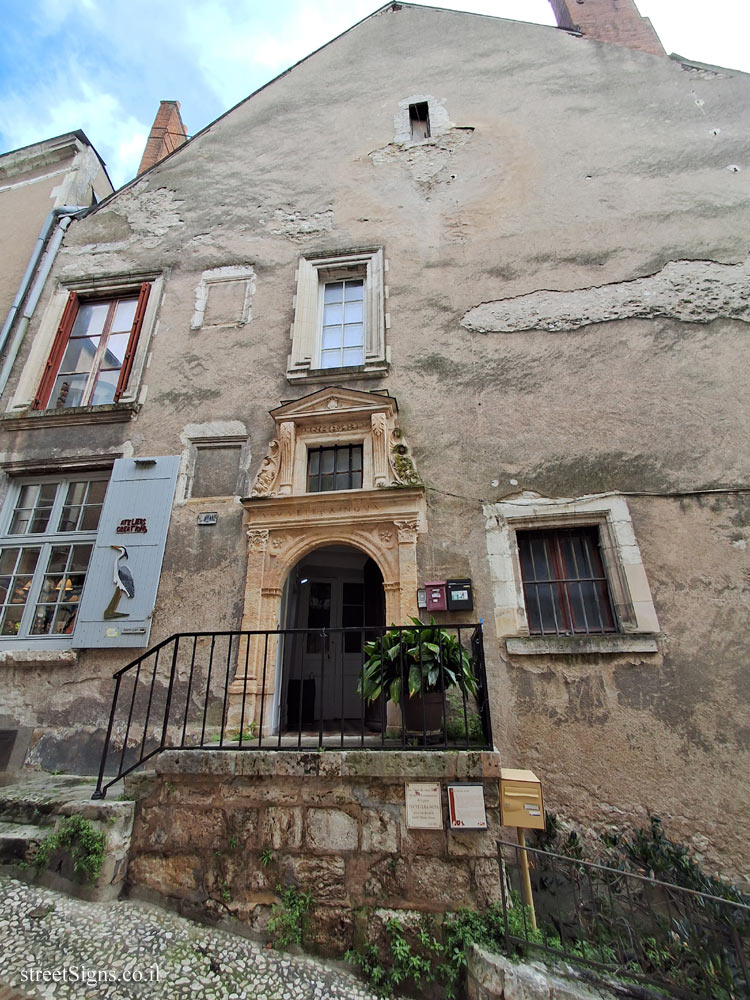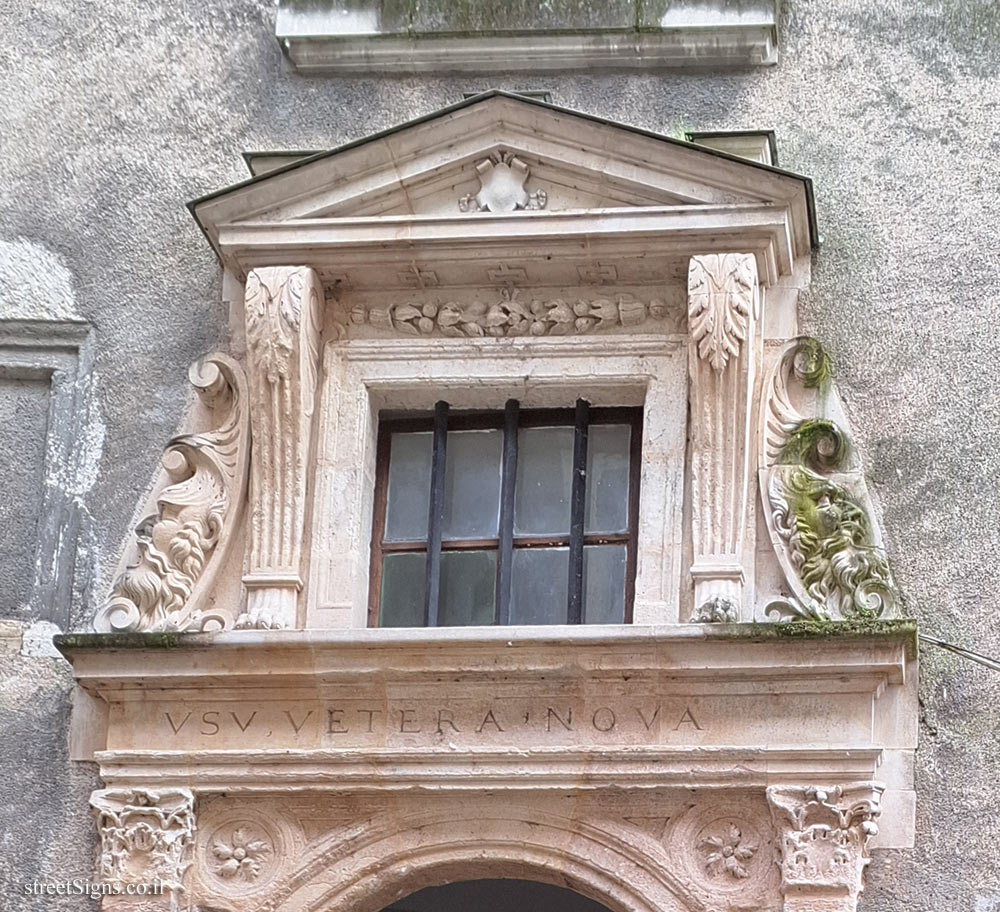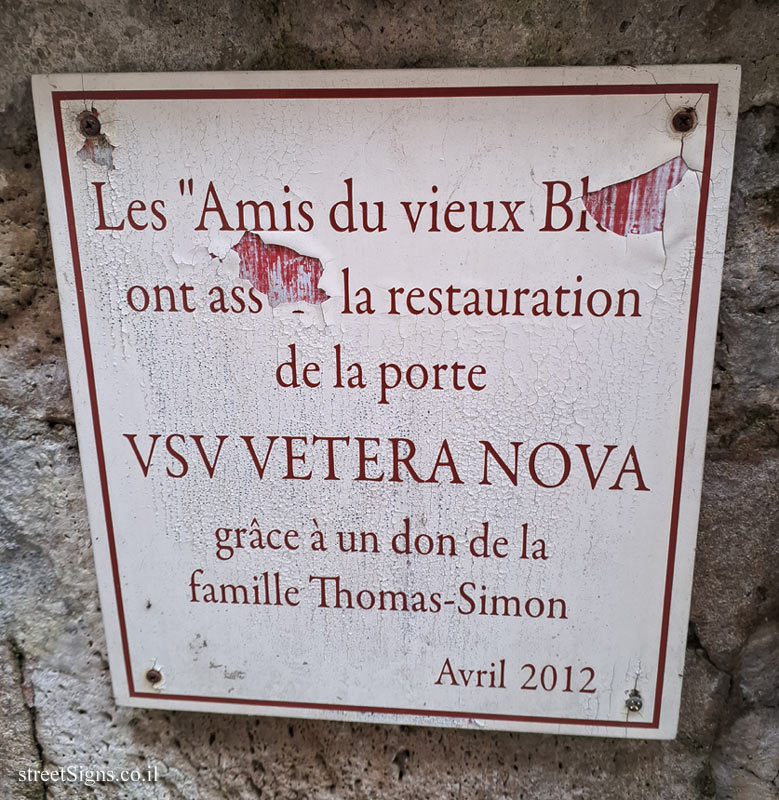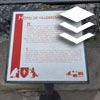
The ultimate street signs, historical sites and house numbers
 Click for a larger image
Click for a larger image  Click for a larger image
Click for a larger image  Click for a larger image
Click for a larger image
 Click for all signs belonging to Blois - historical places
Click for all signs belonging to Blois - historical places
 61 Meter |
61 Meter |  76 Meter |
76 Meter |  95 Meter |
95 Meter |  110 Meter |
110 Meter |  170 Meter
170 Meter